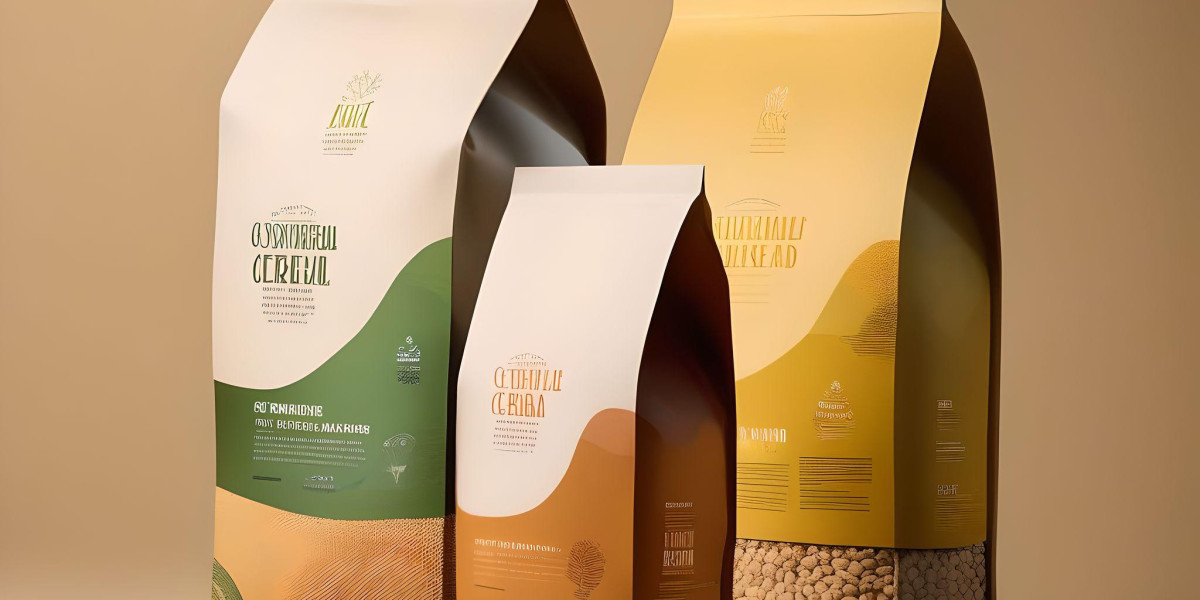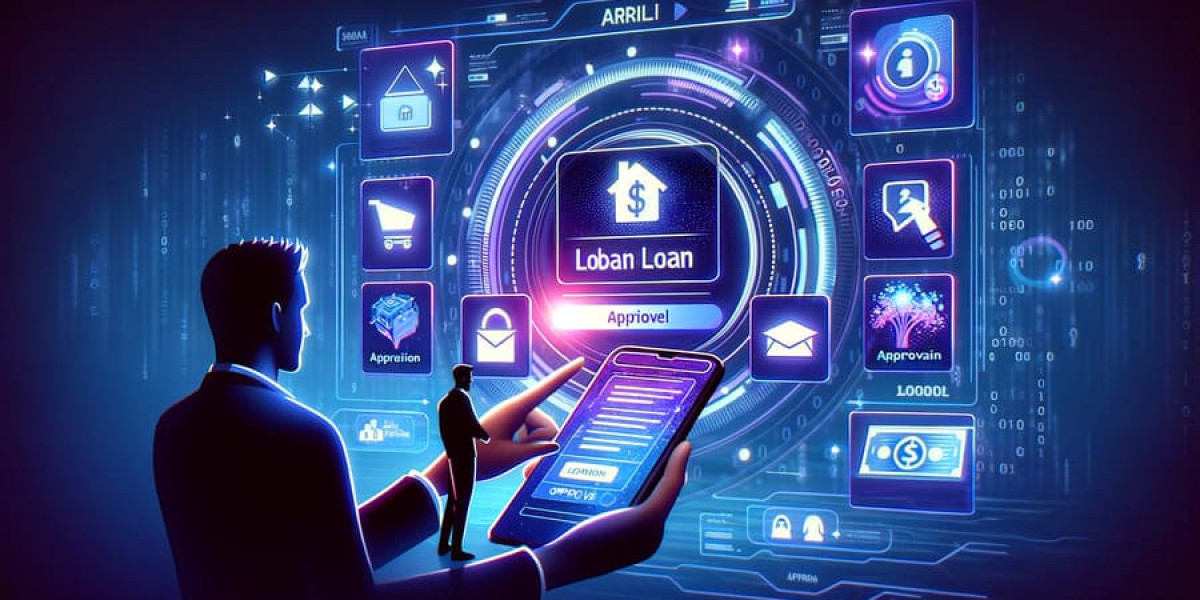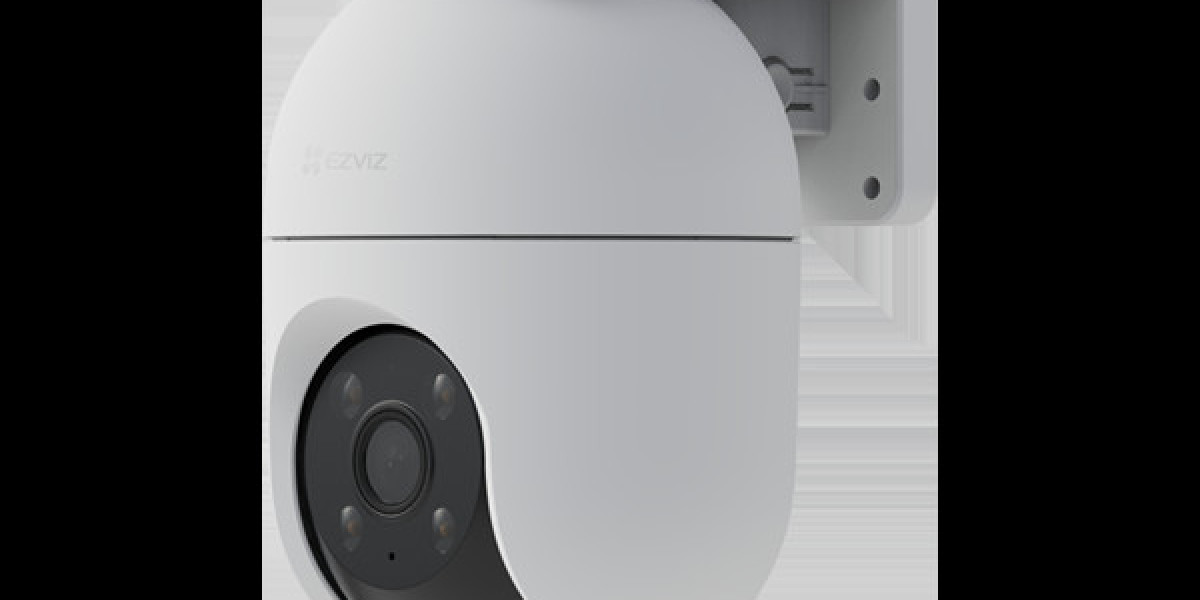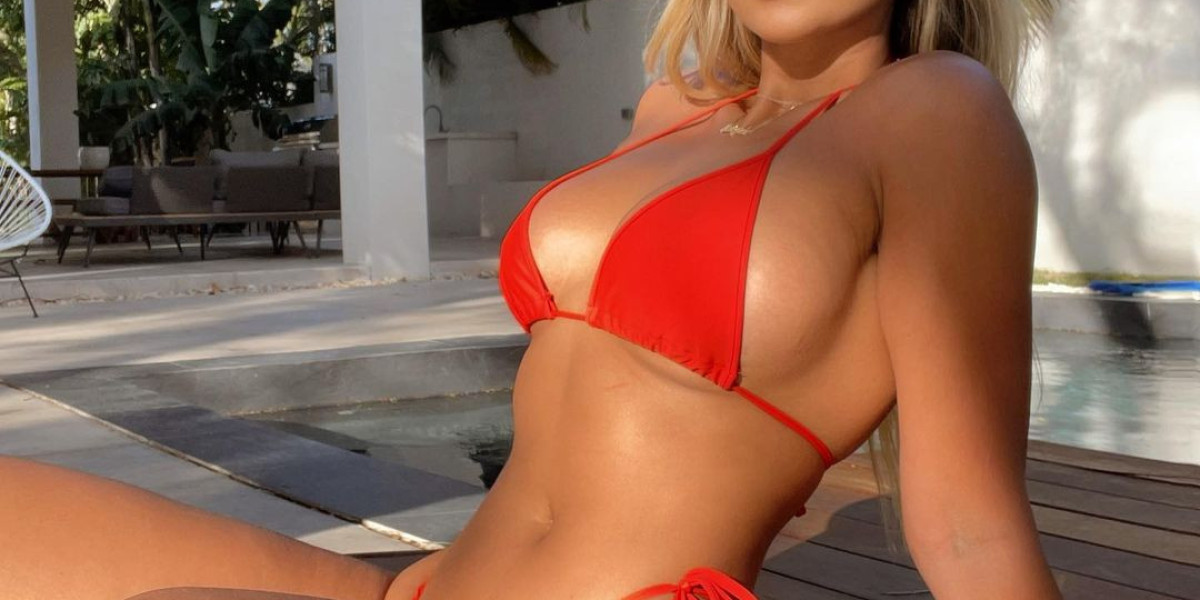package design is much more than just a way to house a product. It is a powerful marketing tool that communicates a brand’s identity, appeals to consumers, and plays a critical role in the buying decision. In today’s marketplace, where consumers are bombarded with countless choices, effective package design can make all the difference. From protecting the product to showcasing its appeal, package design serves a multifaceted purpose. In this article, we explore the importance of package design and how it can impact both your brand and consumer experience.
1. Visual Appeal and First Impressions
When a consumer walks down an aisle or scrolls through an online marketplace, the first thing they notice is the packaging. A striking design catches their eye and invites them to explore the product further. Whether it’s through bold colors, unique shapes, or compelling imagery, the design must stand out. Good package design doesn’t just attract attention; it builds curiosity and drives consumer engagement. The first impression made by your packaging is essential, as it often determines whether the product will be picked up or passed by.
2. Brand Identity and Messaging
Package design is a key way to convey your brand’s identity. Every element of your packaging—from the colors and logo to the fonts and overall style—should reflect your brand’s personality and values. Is your brand playful and fun, or serious and professional? Is it environmentally conscious or high-end and luxurious? These qualities should be communicated through your package design. By aligning the design with your brand’s voice, you ensure consistency across all customer touchpoints, reinforcing brand recognition and loyalty.
3. Protecting the Product
One of the fundamental functions of package design is protection. The packaging must safeguard the product during transport, handling, and storage. This involves choosing the right materials, structure, and design features that prevent damage while keeping the product in top condition. For fragile or perishable items, the design may include cushioning, airtight seals, or temperature-sensitive materials. A package that does its job effectively helps maintain customer satisfaction and prevents unnecessary returns or complaints.
4. Functionality and Convenience
Consumers want packaging that is easy to use. Good package design considers factors like ease of opening, resealability, and storage. For example, products with liquid content may benefit from spill-proof designs, while snacks might require a convenient, resealable bag. Functional packaging makes life easier for the consumer, enhancing their overall experience with the product. Convenient and user-friendly packaging not only improves customer satisfaction but can also encourage repeat purchases.
5. Telling a Story
Packaging is an excellent medium for storytelling. The design offers a chance to tell consumers about your product’s origin, purpose, and benefits. Whether it’s highlighting a product’s eco-friendly qualities or showcasing a rich heritage, good package design should allow you to share your brand’s story in a way that resonates with your audience. Stories evoke emotions, and emotionally driven customers are more likely to build a lasting connection with your brand.
6. Sustainability: Eco-Friendly Packaging
In recent years, there has been a growing trend toward sustainable packaging. As consumers become more eco-conscious, packaging that minimizes waste and environmental impact is in high demand. Sustainable packaging can include recyclable materials, biodegradable products, or innovative designs that reduce the use of plastic. By opting for sustainable packaging, you not only help the planet but also appeal to consumers who are increasingly making purchasing decisions based on environmental responsibility.
7. Standing Out in a Crowded Market
With so many similar products on the market, it’s essential to differentiate your brand through packaging design. Unique, eye-catching packaging helps your product stand out from the competition. Whether through innovative materials, shapes, or clever design elements, your packaging must grab attention. The goal is to ensure that when a consumer is faced with a choice, your product catches their eye and sparks curiosity, leading to a purchase.
8. Color and Typography in Packaging
Color and typography are two of the most important elements in package design. Color can evoke certain emotions and set the tone for the product. For example, bright colors like red and yellow can suggest excitement and energy, while muted tones like green and brown may convey calm and sustainability. Typography also plays a key role in communication. The right font can help reinforce your product’s message, whether it’s bold and modern, elegant and refined, or playful and whimsical.
9. Creating an Unboxing Experience
In the age of social media and online influencers, the unboxing experience has become a key part of brand engagement. A well-thought-out packaging design can create excitement and anticipation as the consumer opens the product. Special touches like personalized messages, unique shapes, or intricate details can make the unboxing process memorable, encouraging customers to share their experience online. A great unboxing experience can generate buzz, increase customer satisfaction, and encourage repeat business.
10. Adapting to E-Commerce Needs
In the era of online shopping, packaging design also needs to consider the logistics of e-commerce. Products need to be packaged securely for shipping and handling, ensuring they arrive intact at the customer’s doorstep. Additionally, packaging must photograph well for online listings, where consumers often make purchasing decisions based on product images. E-commerce packaging should also reflect a streamlined, efficient design that balances the need for protection with the desire for an appealing aesthetic.
Conclusion
Package design is much more than just a container for your product—it’s a strategic marketing tool that can influence consumer perceptions, create emotional connections, and drive purchasing decisions. Whether you’re selling a luxury product, an everyday item, or something entirely unique, your packaging design should be an extension of your brand and an essential part of your customer experience. By focusing on aesthetics, functionality, sustainability, and storytelling, you can create packaging that not only stands out but also resonates with your target audience.






